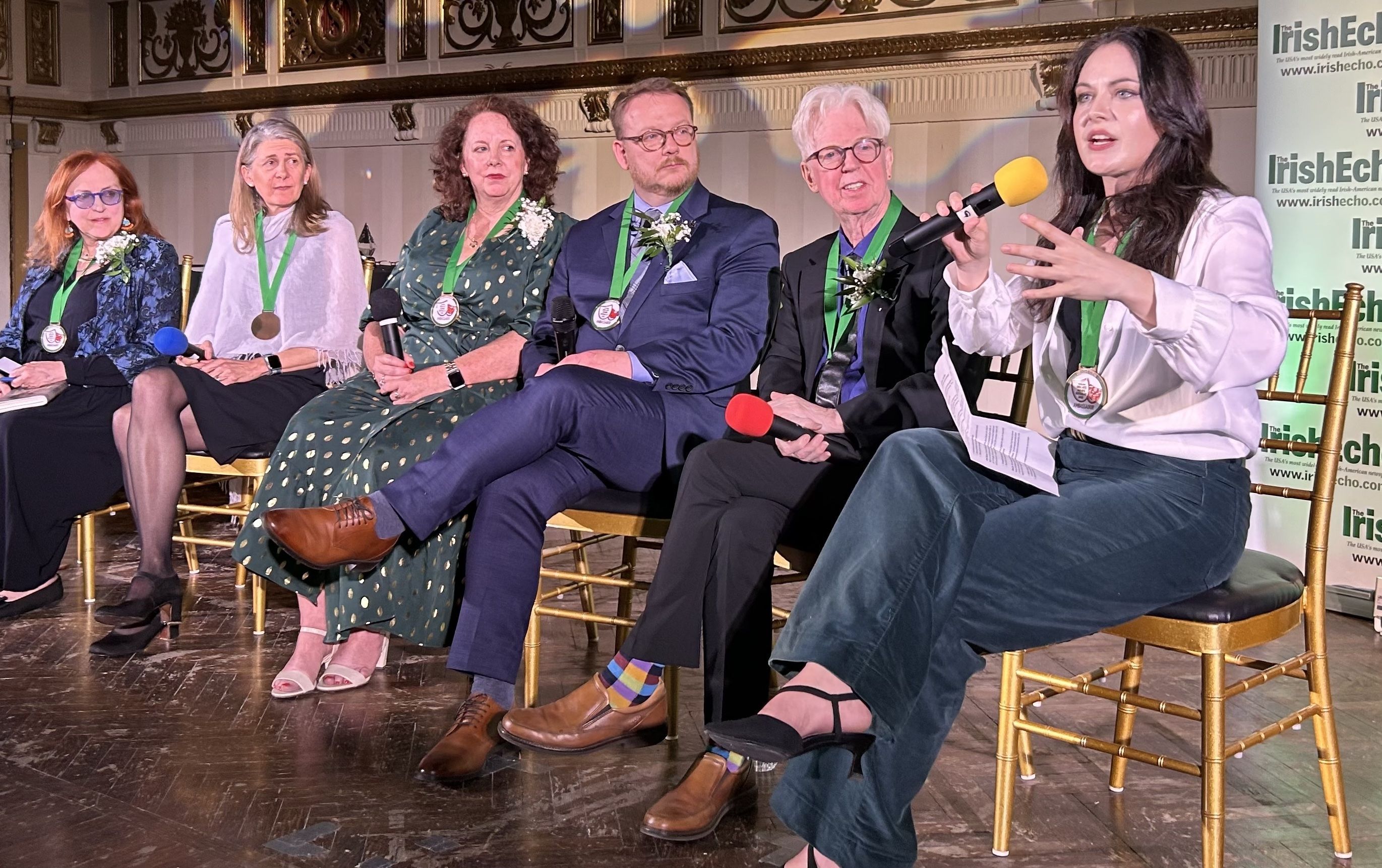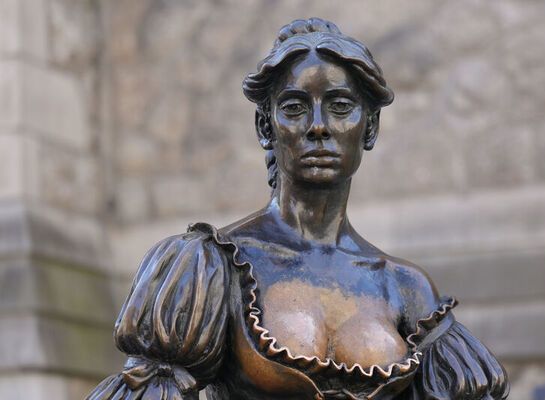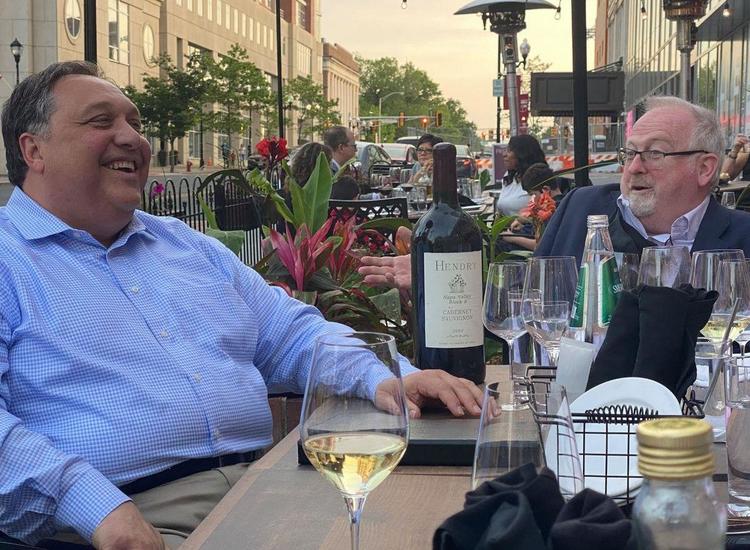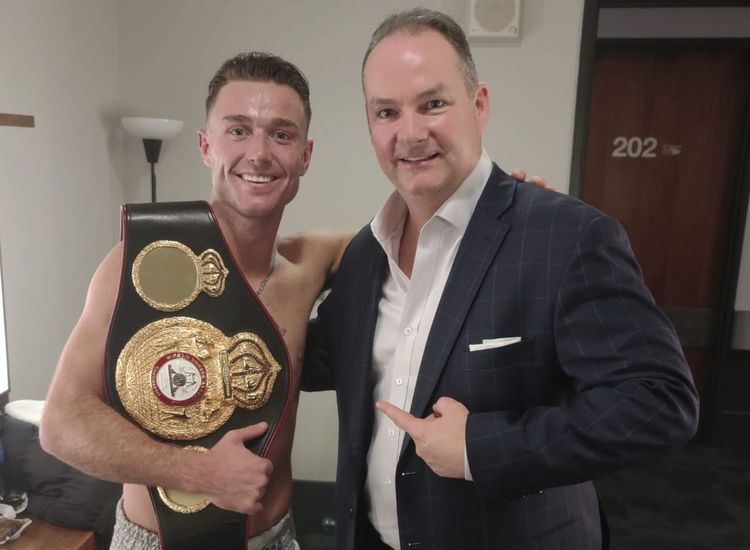It’s a perpetual struggle. A persistent challenge that resurfaces during each generational cycle and looms over all of us in the performing arts: How do we inspire young people to pursue the Irish arts? The implication being that if we do not seed our art with the youthful creativity of a new generation, our art will simply fade away.
A few weeks ago I had the pleasure of attending The Irish Echo Arts & Culture Awards, both as an honoree and to moderate a panel discussion about “Promoting Irish Arts to the Next Generation.” As a trad cellist and the founder of Batcello PR, a public relations firm dedicated to promoting Celtic artists and organizations, I’m asked about this topic all the time.
I also hear a lot of common solutions:
“We need to be more active on social media!”
“We should put more money into advertising!”
“Let’s make our events virtual because that’s where the kids are!”
Mid-Atlantic '23 promises to be a great experience for attendees—First off, a huge congratulations to Leah Rankin, who last week received an Irish American ... https://t.co/hqnYlzlUqD… #news #Atlantic pic.twitter.com/hCZbmGnXmm
— Space Creatures (@grrspc) May 5, 2023
These strategies implemented by themselves often have little effect on interest or attendance, and begin to breed an all too common attitude of resentment and apathy amongst arts leaders as they throw their hands in the air and proclaim, “Kids today are just lazy.”
The fact is, there is so much effort spent on promoting, advertising and educating AT young people that we forget to focus on celebrating our passion for the arts WITH young people. Adopting a “show, don’t tell” philosophy when it comes to publicizing the arts has a demonstrated effect on bringing in new audience members, who can smell pandering and desperation as if it was last night’s curry.
As humans we are hardwired to remember feelings over information. Having a good concert experience will stay with a person, for example, even if they can’t remember every note that was played. Much more effective than Facebook ads, therefore, is good old fashioned real-life community building. Providing positive experiences through a supportive cultural community - not only for young people but for each other - opens a pathway to success. Suddenly a young artist can see a path forward in which they will be supported by their peers, challenged creatively, and encouraged to grow their talent.
Button accordion player John Whelan is a maestro at inspiring young talent this way. When John and I crossed paths in the NYC session scene, what I remember most are the late nights propelled by John’s high-spirited energy as he shouted at me to “stop yawning!” at 2 a.m. from atop the bar at O’Neill’s where he danced with his box and turned tunes into games. It was a carefree, non-critical way of inviting us all into the music, even though I can’t remember a single tune we played.
And while John continues to interact with his fans around the world online through Facebook with the “Mondays with John” livestream sessions he launched during the pandemic, he still emphasizes the importance of in-person connections.
“On Facebook and YouTube you’re real to a degree, but you’re not real,” John said. “People come to your shows because they already like your music from what they’ve heard online. But what they’re really there for is the experience. They’re there to enjoy the interaction, and the sincerity of a real in-person connection, and that’s where you’re going to build a solid base of support. I like to think that’s what I’ve taught young people, and the rewards for that are unending.”
CG Helena Nolan @CGNYIreland was delighted to attend The Irish Arts Buffalo Gala on Friday night, celebrating Irish American artists from across the country. #Irisharts pic.twitter.com/GR2ERAQaUZ
— Irish Consulate NYC (@IrelandinNY) May 1, 2023
Of course this idea isn’t confined to artists supporting other artists - a supportive community includes local businesses, governments, families and schools that collectively incentivize cultural programs and activities like sessions, festivals, after school programs, exhibits, and community center events that bring people together while cultivating a sense of hospitality (both neighborly and financially) toward both local and touring artists - without getting tangled in egos and pecuniary bottom lines.
Simple, right? In this age of instant gratification this is not a quick fix and can sometimes take radical introspection and transformation. But here’s a place to start:
There is already great work being done to physically and digitally archive Irish art, literature, and music for future generations but because the Irish arts are so emotive, I believe it’s equally essential to create opportunities for young people to sit side by side, both as a student and peer, with artists they admire. There is so much subtlety, artistry, and insight that a young person can gain from personal interaction, and all the better if those opportunities are available in their hometown.
I posed this idea to the great fiddle player and teacher Brendan Mulvihill, who will be touring the states in June to launch the Martin Mulvihill Collection - two books of over 2,300 tunes written down by Brendan’s father, Martin, a legendary fiddle teacher and the namesake of the CCÉ Martin Mulvihill branch in Pearl River, NY.
Members of the Martin Mulvihill Branch of Comhaltas in Pearl River, New York are celebrating #Fleadh2020
Beidh #Fleadh2020 ag tosú amárach ar TG4!
— TG4TV🪩 (@TG4TV) August 5, 2020
Fleadh 2020 - Lean leis an gCeol.
Thursday - Sunday 21:30 on TG4@fleadhcheoil @IrelandEmbUSA @IrelandinNY @Comhaltas pic.twitter.com/N3bQjLk7UP
“Teachers with strong connections to the music help with learning the real melody with all the depth in the music,” Brendan said. “Martin knew that when you write a tune down it is only a fraction of the real melody. But he wrote them down because he wanted to preserve the tunes to hold onto some of the beauty of the music from the past - tunes from people who have nothing or very little written of them anywhere else.”
History and memory live as stories are shared, music is played, and dancers kick their feet no matter what age. “Promotion” lives inherent in the communities we aspire to build, which should start by proving to young people - by first proving to ourselves - that we can all find strength and enrichment from each other as we practice our traditions. Once we show each other our own generosity and humanity through the arts, young people will come.








